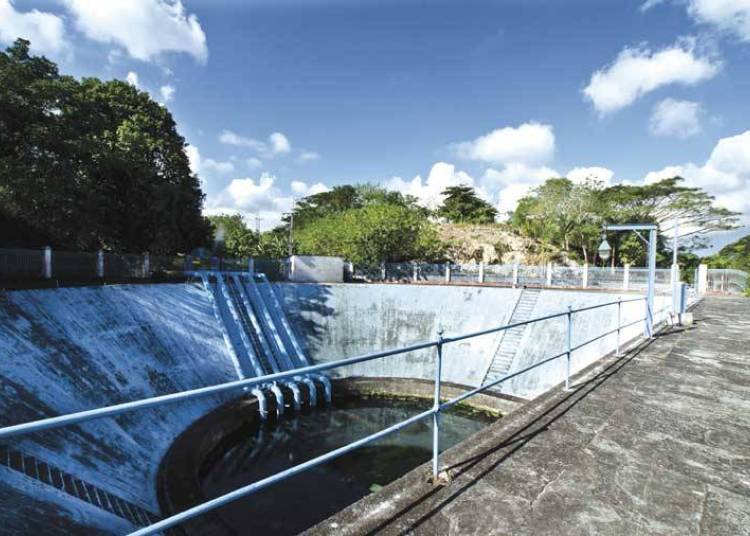A few hours after the end of the rainy period in Cuba, which specialists place between May and October, Havana is facing a complex situation with its aquifers, compared to most of the island, whose conditions are favorable.
The Cuban capital is one of the provinces with the least rainfall recorded so far this year, which means it will begin the dry months (November-April) “with significant deficits, set to increase over time, judging by the traditional performance of the rain regimen and the forecasts,” affirms the local newspaper Tribuna de La Habana.
Until October 21, the publication points out, the city of Havana―which on November 16 will be celebrating five centuries of its founding―barely accumulated 55% of the all-time rainfall average corresponding to a month that traditionally has been among the rainiest of the year, and its reservoirs decreased 0.4 hectometers (400,000 cubic meters) compared to the end of September.
Of Havana’s four main underground supply basins, the newspaper says, two exhibit normal levels: Ariguanabo and Cuenca Sur, although the first is descending with respect to the previous month while the second is increasing. Meanwhile, the Almendares-Vento and Jaruco basins show an unfavorable state, although the second has risen in relation to September.
For its part, the Coca-Zarza-Bacuranao dam system, associated with supply to the inhabitants, institutions and enterprises of the east of the city, barely reaches more than 30% of its capacity.
Faced with this scenario, the Aguas de La Habana enterprise, a state entity responsible for the management and distribution of water in the city, is currently pumping 350 liters per second instead of the planned 500. The measure seeks “to promote savings and a more equitable distribution, in addition to trying to avoid the collapse or salinization of aquifers,” explains Tribuna.
In addition, it has readjusted schedules and changed supply cycles in order to benefit those who depend on the most depressed aquifers or live in high areas or away from supply sources.
The company’s executives say that if there is no hurricane―the cyclone season runs until the end of November―or another extreme weather event, in the future the rains will decrease and, consequently, the stored water will begin to run out. Therefore, they ask Havanans to save water as an “unavoidable mandate.”
At this time, some 45,000 of the capital’s inhabitants suffer from water distribution effects such as longer supply cycles, reduced hours and decreased pressure. However, Aguas de La Habana affirms that if it were not for the measures adopted, the number of people affected would be around 475,000 people, that is, a quarter of the total number of customers, and they warn that the number of people affected could grow in the next few months due to the effects of the drought.










